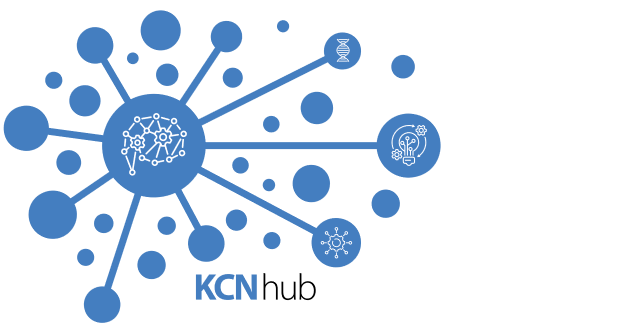Events
Explore past, ongoing and future KCNhub research through our seminars and lab meetings

9Dec
Stochasticity and plasticity in tumor relapse and development
9 December 2025
09:30 - 11:00 AM
4KD503
Sidharta Goyal (Toronto, CIFAR)

25Nov
Spinal processing of spatiotemporally diverse touch: Computational insights into pain and spinal cord stimulation
25 November 2025
09:30 - 11:00 AM
4KD503
Laura Medlock (Krembil)
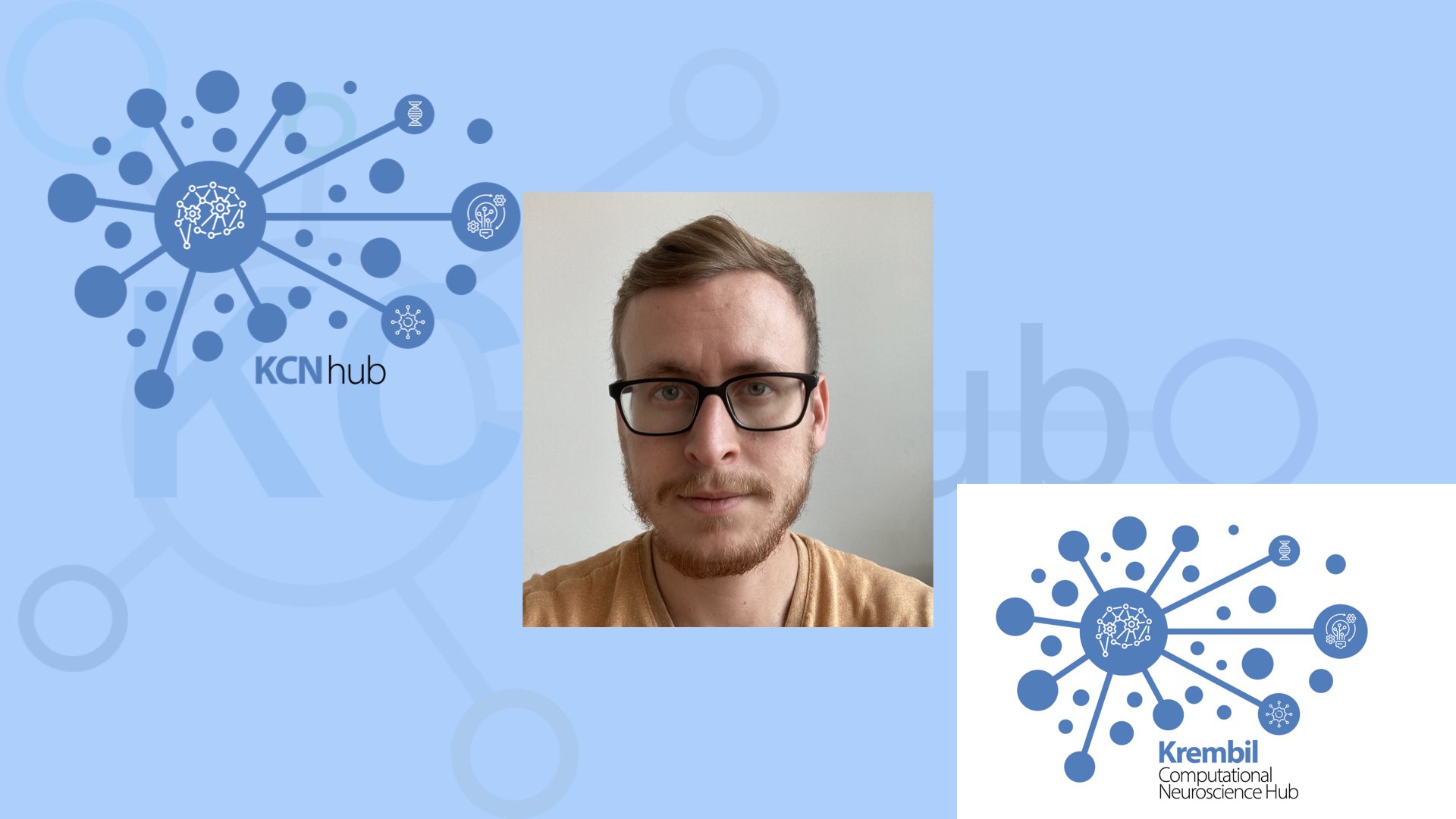
14Oct
Modeling Human Cortical Microcircuits in Depression and Aging
14 October 2025
09:30 - 11:00 AM
4KD503
Alexandre Guet-McCreight (KCNI)
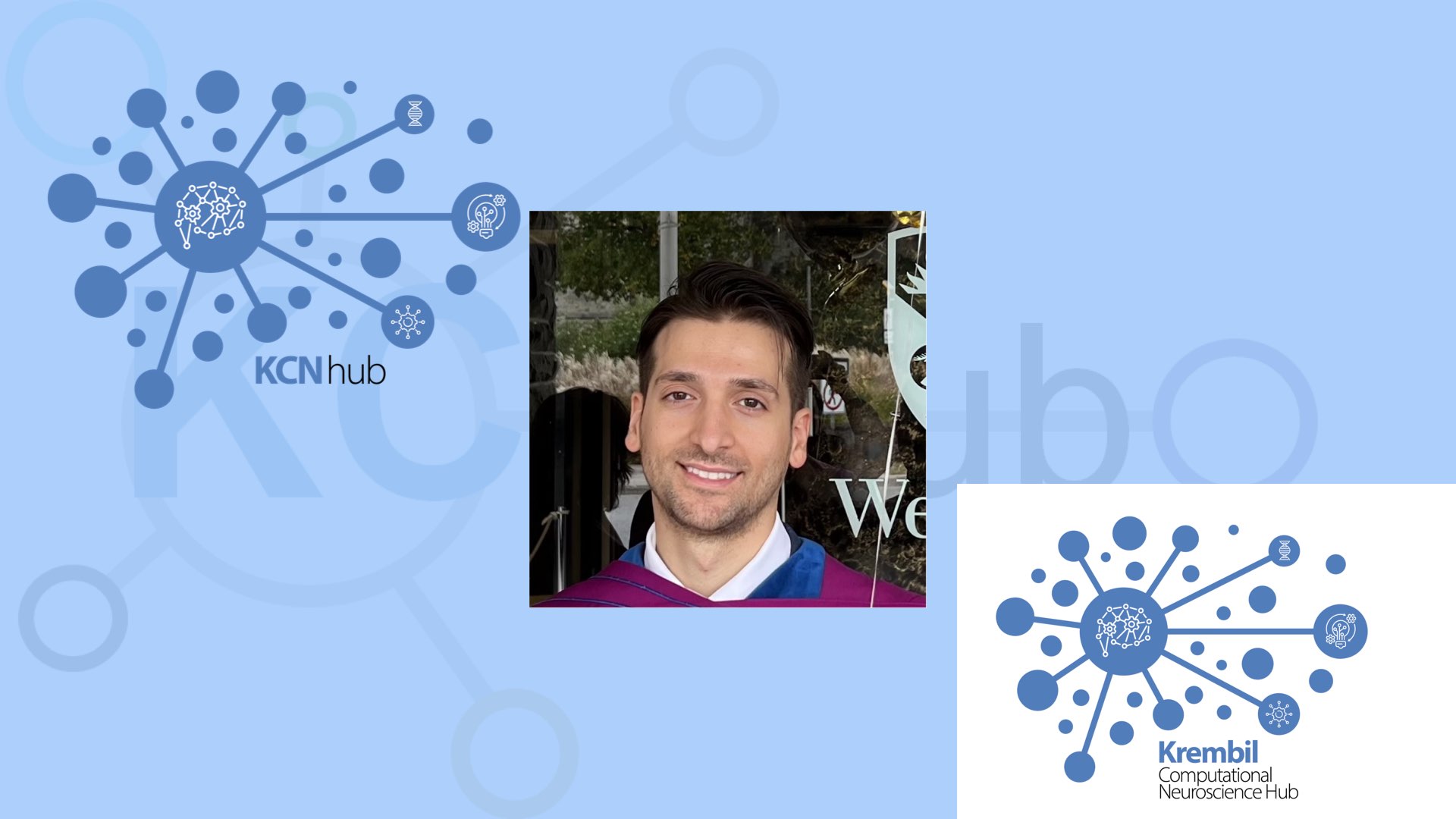
30Sep
Dynamics and computation in spatially resolved biological neural networks
30 September 2025
09:30 - 11:00 AM
4KD503
Gabriel Benigno (Bocconi University)
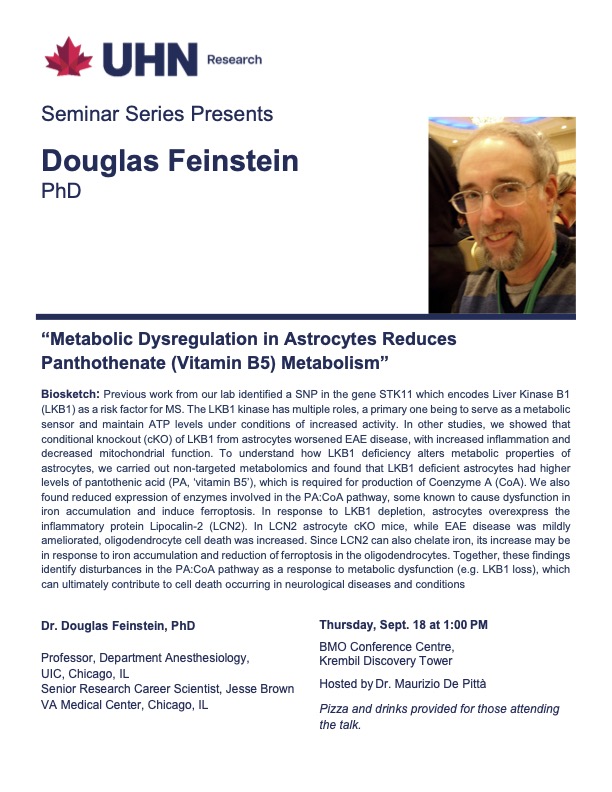
18Sep
Metabolic Dysregulation in Astrocytes Reduces Panthothenate (Vitamin B5) Metabolism
18 September 2025
13:00 - 14:00 PM
Douglas Feinstein (Chicago)
6May
Internal KCN: Hippocampal theta and episodic memory
6 May 2025
13:00 - 14:30 PM
4KD503
Frances Skinner
29Apr
Internal KCN: Tip of the SPEAR: Measuring mnemonic theta rhythms in brain and behavior
29 April 2025
13:00 - 14:30 PM
4KD503
Thomas Biba (Duncan/Valiante lab)
15Apr
Internal KCN: Theta, theta everywhere but can we harness it for disease?
15 April 2025
13:00 - 14:30 PM
4KD503
Josh Saha
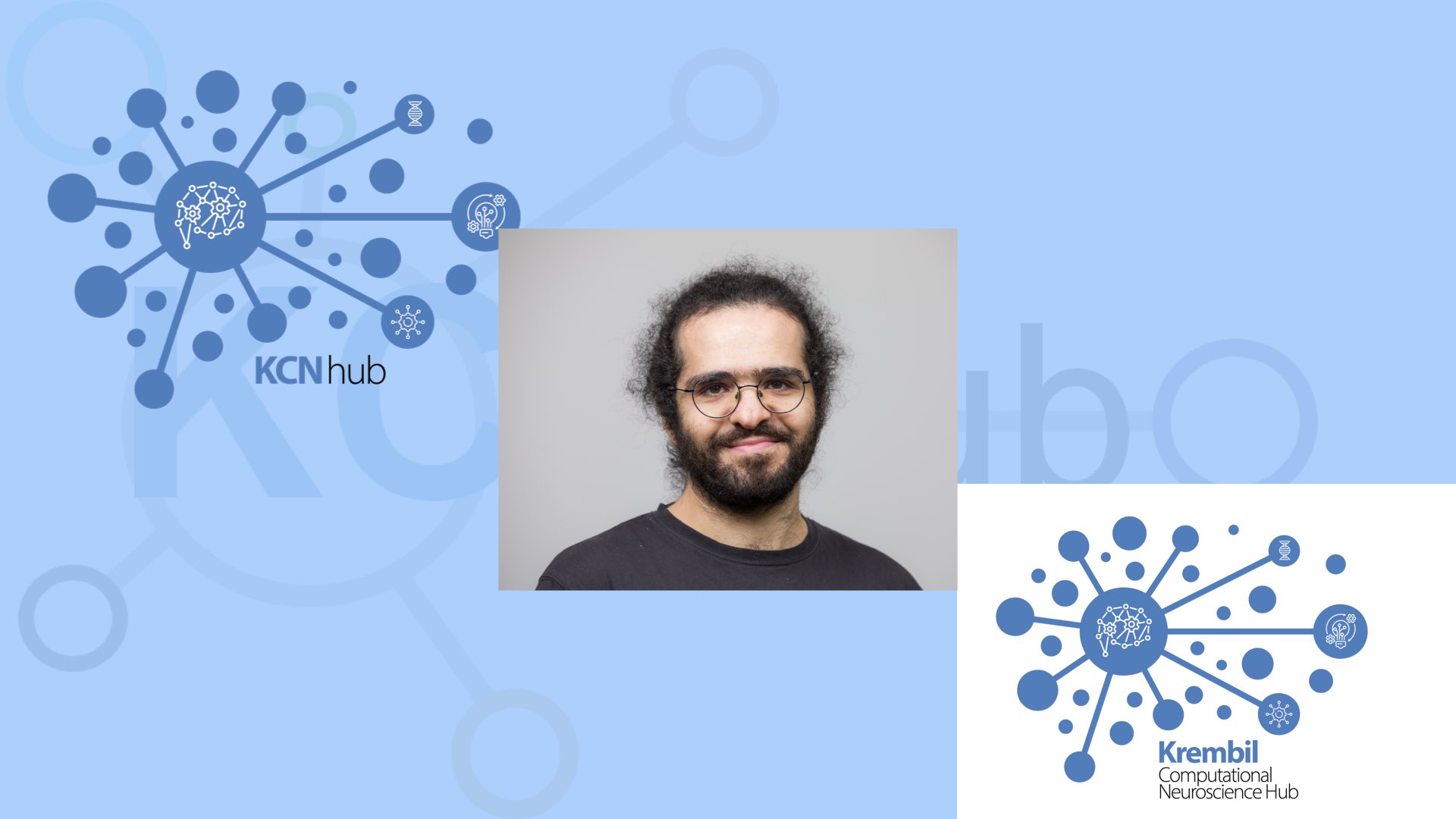
3Apr
Connecting neural dynamics to behavior through multi-scale analysis of neural systems
3 April 2025
10:00 - 11:30 AM
4KD503
Shervin Safavi (Dresden)
25Mar
Internal KCN: generative algorithm for realistic astrocytes
25 March 2025
13:00 - 14:30 PM
4KD503
Zhenyang Sun
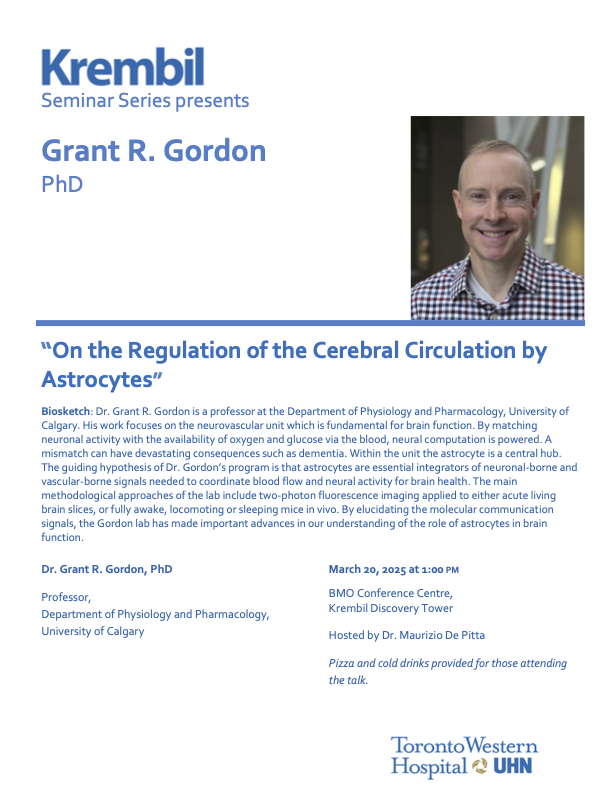
20Mar
On the Regulation of the Cerebral Circulation by Astrocytes
20 March 2025
13:00 - 14:00 PM
BMO Conference Center, Krembil Discovery Tower
Krembil Discovery Tower, 60 Leonard Avenue
Grant Gordon (Calgary)
11Mar
Internal KCN - computational neuromodulation
11 March 2025
13:00 - 14:30 PM
4KD503
Milad Lankarany
4Mar
Internal KCN - Functional electrical stimulation-therapy
4 March 2025
13:00 - 14:30 PM
4KD503
Mike Howard
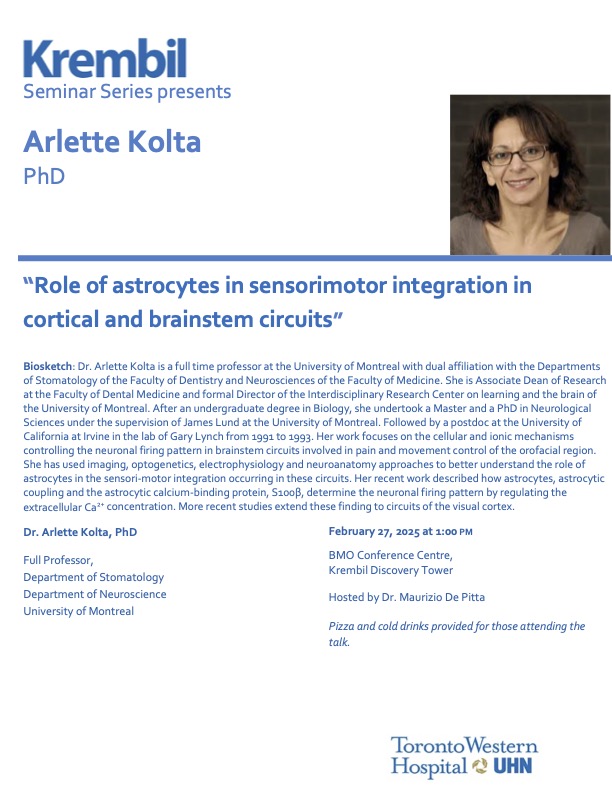
27Feb
Role of astrocytes in sensorimotor integration in cortical and brainstem circuits
27 February 2025
13:00 - 14:00 PM
BMO Conference Center, Krembil Discovery Tower
Krembil Discovery Tower, 60 Leonard Avenue
Arlette Kolta (Montreal)
25Feb
Internal KCN: Journal Club - metabolic multiscale modeling
25 February 2025
13:00 - 14:30 PM
4KD503
Antoine Fauroux
11Feb
Internal KCN: Journal Club - astrocytic potassium
11 February 2025
13:00 - 14:30 PM
4KD503
Michelangelo Volpi
4Feb
Internal KCN: Journal Club - low intensity pulsed ultrasound
4 February 2025
13:00 - 14:30 PM
4KD503
Devon McCarthy
28Jan
Internal KCN: Journal Club - transcranial ultrasound modulation
28 January 2025
13:00 - 14:30 PM
4KD503
David Crompton
21Jan
Internal KCN: Journal Club - circuit function
21 January 2025
13:00 - 14:30 PM
4KD503
Spandan Sengupta
14Jan
Internal KCN: Journal Club - optimized ultrasound neuromodulation
14 January 2025
13:00 - 14:30 PM
4KD503
Zoe Paraskevopoulos
7Jan
Internal KCN: Journal Club - targeted tFUS and BCI
7 January 2025
13:00 - 14:30 PM
4KD503
Jathushan Kaetheeswaran

9Dec
Stochasticity and plasticity in tumor relapse and development
9 December 2025
09:30 - 11:00 AM
4KD503
Sidharta Goyal (Toronto, CIFAR)

25Nov
Spinal processing of spatiotemporally diverse touch: Computational insights into pain and spinal cord stimulation
25 November 2025
09:30 - 11:00 AM
4KD503
Laura Medlock (Krembil)

14Oct
Modeling Human Cortical Microcircuits in Depression and Aging
14 October 2025
09:30 - 11:00 AM
4KD503
Alexandre Guet-McCreight (KCNI)

30Sep
Dynamics and computation in spatially resolved biological neural networks
30 September 2025
09:30 - 11:00 AM
4KD503
Gabriel Benigno (Bocconi University)

18Sep
Metabolic Dysregulation in Astrocytes Reduces Panthothenate (Vitamin B5) Metabolism
18 September 2025
13:00 - 14:00 PM
Douglas Feinstein (Chicago)
6May
Internal KCN: Hippocampal theta and episodic memory
6 May 2025
13:00 - 14:30 PM
4KD503
Frances Skinner
29Apr
Internal KCN: Tip of the SPEAR: Measuring mnemonic theta rhythms in brain and behavior
29 April 2025
13:00 - 14:30 PM
4KD503
Thomas Biba (Duncan/Valiante lab)
15Apr
Internal KCN: Theta, theta everywhere but can we harness it for disease?
15 April 2025
13:00 - 14:30 PM
4KD503
Josh Saha

3Apr
Connecting neural dynamics to behavior through multi-scale analysis of neural systems
3 April 2025
10:00 - 11:30 AM
4KD503
Shervin Safavi (Dresden)
25Mar
Internal KCN: generative algorithm for realistic astrocytes
25 March 2025
13:00 - 14:30 PM
4KD503
Zhenyang Sun

20Mar
On the Regulation of the Cerebral Circulation by Astrocytes
20 March 2025
13:00 - 14:00 PM
BMO Conference Center, Krembil Discovery Tower
Krembil Discovery Tower, 60 Leonard Avenue
Grant Gordon (Calgary)
11Mar
Internal KCN - computational neuromodulation
11 March 2025
13:00 - 14:30 PM
4KD503
Milad Lankarany
4Mar
Internal KCN - Functional electrical stimulation-therapy
4 March 2025
13:00 - 14:30 PM
4KD503
Mike Howard

27Feb
Role of astrocytes in sensorimotor integration in cortical and brainstem circuits
27 February 2025
13:00 - 14:00 PM
BMO Conference Center, Krembil Discovery Tower
Krembil Discovery Tower, 60 Leonard Avenue
Arlette Kolta (Montreal)
25Feb
Internal KCN: Journal Club - metabolic multiscale modeling
25 February 2025
13:00 - 14:30 PM
4KD503
Antoine Fauroux
11Feb
Internal KCN: Journal Club - astrocytic potassium
11 February 2025
13:00 - 14:30 PM
4KD503
Michelangelo Volpi
4Feb
Internal KCN: Journal Club - low intensity pulsed ultrasound
4 February 2025
13:00 - 14:30 PM
4KD503
Devon McCarthy
28Jan
Internal KCN: Journal Club - transcranial ultrasound modulation
28 January 2025
13:00 - 14:30 PM
4KD503
David Crompton
21Jan
Internal KCN: Journal Club - circuit function
21 January 2025
13:00 - 14:30 PM
4KD503
Spandan Sengupta
14Jan
Internal KCN: Journal Club - optimized ultrasound neuromodulation
14 January 2025
13:00 - 14:30 PM
4KD503
Zoe Paraskevopoulos
7Jan
Internal KCN: Journal Club - targeted tFUS and BCI
7 January 2025
13:00 - 14:30 PM
4KD503
Jathushan Kaetheeswaran
For information on KCN Events prior to 2020, please visit our archive.
KCNhub members can access planning and past presentation slides here.
